Contents
Shambhala Publications, Inc.
4720 Walnut Street
Boulder, Colorado 80301
www.shambhala.com
2018 by Gina M. Biegel, MA, LMFT
All rights reserved. No part of this book may be reproduced in any form or by any means, electronic or mechanical, including photocopying, recording, or by any information storage and retrieval system, without permission in writing from the publisher.
eBook design adapted from printed book design by Liz Quan
Cover design: Kathleen Lynch/ Black Kat Design
LIBRARY OF CONGRESS CATALOGING-IN-PUBLICATION DATA
Names: Biegel, Gina M., author.
Title: Be mindful and stress less: 50 ways to deal with your (crazy) life / Gina M. Biegel, MA, LMFT.
Description: First edition. | Boulder: Shambhala, [2018]
Identifiers: LCCN 2017021381 | ISBN 9781611804942 (pbk.: alk. paper)
eISBN9780834841291
Subjects: LCSH: Stress management for teenagersJuvenile literature. |
Self-consciousness (Awareness)Juvenile literature. | Resilience (Personality trait)Juvenile literature. | Mindfulness (Psychology)Juvenile literature.
Classification: LCC BF724.3.S86 B538 2018 | DDC 155.5/191dc23
LC record available at https://lccn.loc.gov/2017021381
v5.2
a
For Tomas OSullivan:
Although I never had the privilege of
meeting you, you have made a profound
and lasting impact on my life. You left
too soon. You give me purpose and a
renewed intention to my work.
If I can help even one teen learn that
mindfulness-based practices provide
another way out of pain and suffering,
I will have honored my lifes purpose.
CONTENTS
INTRODUCTION
What Does It Mean to Be Mindful?
William James, the first educator to offer a psychology course in the United States, said, This life is worth living, we can say, since it is what we make it.
I wrote this book as a professional because I am a therapist, a researcher, and a writer on mindfulness and related well-being topics that help teens and young adults manage their stress. But its also a very personal book because I have put my heart and soul into it. I include many tidbits of information I now know that could have helped me when I was younger.
I wrote this book specifically for teens and young adultsfor youbecause life can be amazing. It can also be downright awful, deplorable, unbearable, frightening, and miserable. This is a guidebook and a compass to help you navigate every moment of your life. What youll learn here are life skills and lessons that you can bring to every age, stage, and situation for the rest of your life. The truth is these are topics that most people still grapple with.
I believe that teens and young adults are like sponges and have the ability to understand and take in the concepts and offerings throughout this book. I know this because I have seen it happen to thousands of teens and young adults I have worked with over the last fifteen years.
Your life is going on every second of every day. Whether you want to be part of it or not is up to you. These formative years can be a very difficult time; figuring out who you are and who you want to be, not to mention managing everyone elses expectations, can be overwhelming and even painful at times. The skills in this book can give you a road map for how to navigate your life mindfully.
Mindfulness is noticing your thoughts, feelings, and physical sensations in the present moment without harmful judgment. Instead of the natural tendency to be on automatic pilot, it is about waking up to your life, as it is unfolding, moment to moment. Mindfulness does not imply that you will be slow, quiet, or perfectly still in every momentotherwise there would be zombie- or sloth-like people walking around. It is about present-moment awareness. When you are more mindful, you can be present to many more moments of your life. Life moments, even if painful, can provide opportunities for you to grow, learn, change, and thrive.
I encourage you to read this book from beginning to end. Mark, highlight, bookmark, or take pictures of anything that seems most relevant so you can return to it as needed. This book is separated into three sections, and each builds on the preceding one.
The first section, PAWS, is about paying attention to life with your senses. When you pay attention to any or all of your senses in any given moment, you are being mindful. The foundational skills in this section help you to live in the now and to bring mindfulness to the relationships you have with yourself, others, and the world around you.
The second section, Self-CARE, is about having compassion, acceptance, respect, and esteem for yourself, which is necessary before you can truly be there for others in these ways. Self-CARE teaches you to be there for yourself; to learn what resources, wants, and needs you have; and to use your strengths, resources, and the skills in this section to meet your wants and needs as they arise. Being in a relationship with yourself in these ways can help you to manage the difficulties that life may throw at you. The Self-CARE section will also better enable you to be present in your relationships with others, model for others how to care for themselves, and allow you to be more compassionate, accepting, and respecting of other people.
The third section, ACORN, is about the value of always considering other responses now before you act toward yourself or others. When you use the ACORN acronym, you have the power and control to decide how you want to respond to people, places, things, or situations in your life; instead of the tendency to automatically react. ACORN helps you learn about and navigate the landscape of your mindincluding both your thoughts and feelings. You can more easily get unstuck and rightsized about the painful, upsetting, worrisome, and stressful moments of your life.
MINDFUL  TAKEAWAY
TAKEAWAY
Every moment is a new opportunity to pay attention, to reason, to decide, to respond, and to live.
PART ONE
PAWS
Pay Attention With Senses
PAWS is a way to be mindful of everything in your life.
If you are paying attention to any of your five senses, you are in the presentright here, right nowwhich means being mindful.
Jon Kabat-Zinn, the creator of the Mindfulness-Based Stress Reduction program for adults, titled one of his books Coming to Our Senses: Healing Ourselves and the World Through Mindfulness. The easiest way to be mindful is to pay attention to your senses in everything you do. If you are paying attention to any of your five senses (sight, sound, smell, touch, and taste), you are being mindful. People perceive and make sense of their world through their senses.
Mindfulness is about waking up to and living your life as if it really matteredwhich it does. You can be mindful from the minute you wake up until the minute you go to sleep. This section helps you tune in to what is already around you that you may not even be noticing.
PAWS is about building the foundations of mindfulness. The foundational skills in this section provide the necessary teachings for you to benefit from the sections that follow. Once you have this foundation, you can begin to understand how mindfulness can be an integral part of how you live your life; of the relationships you have; and of how you make sense of the people, places, things, and situations as they present themselves.


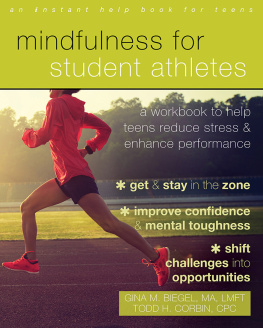
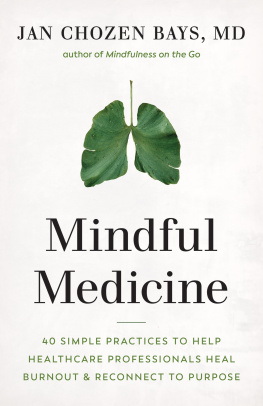

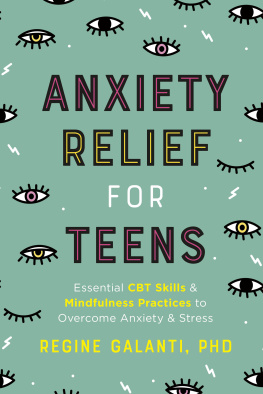

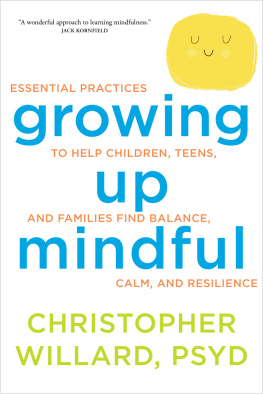

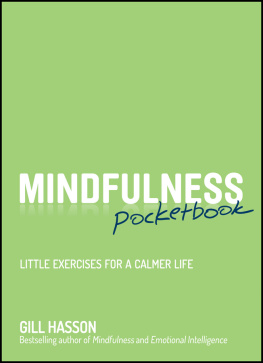
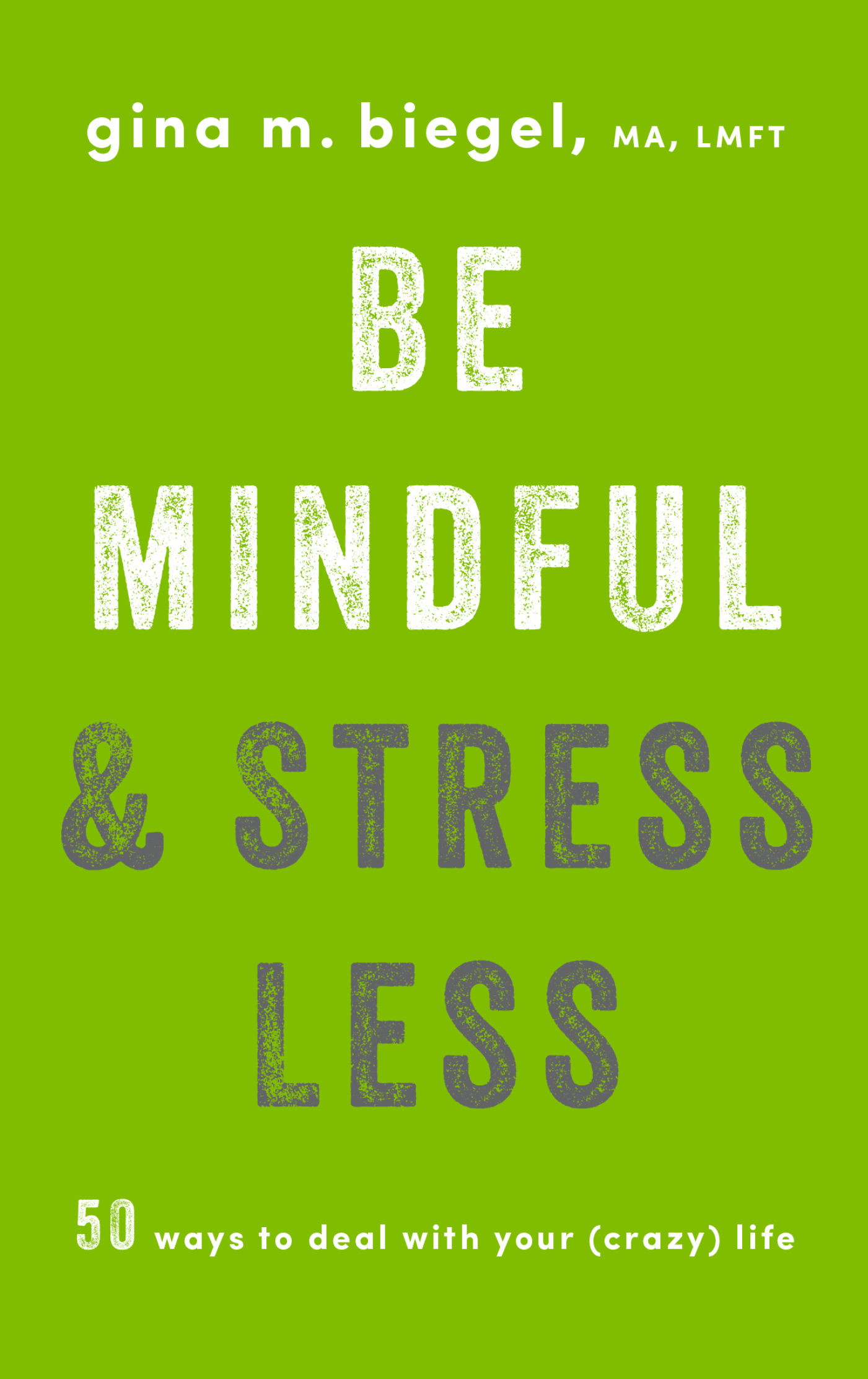
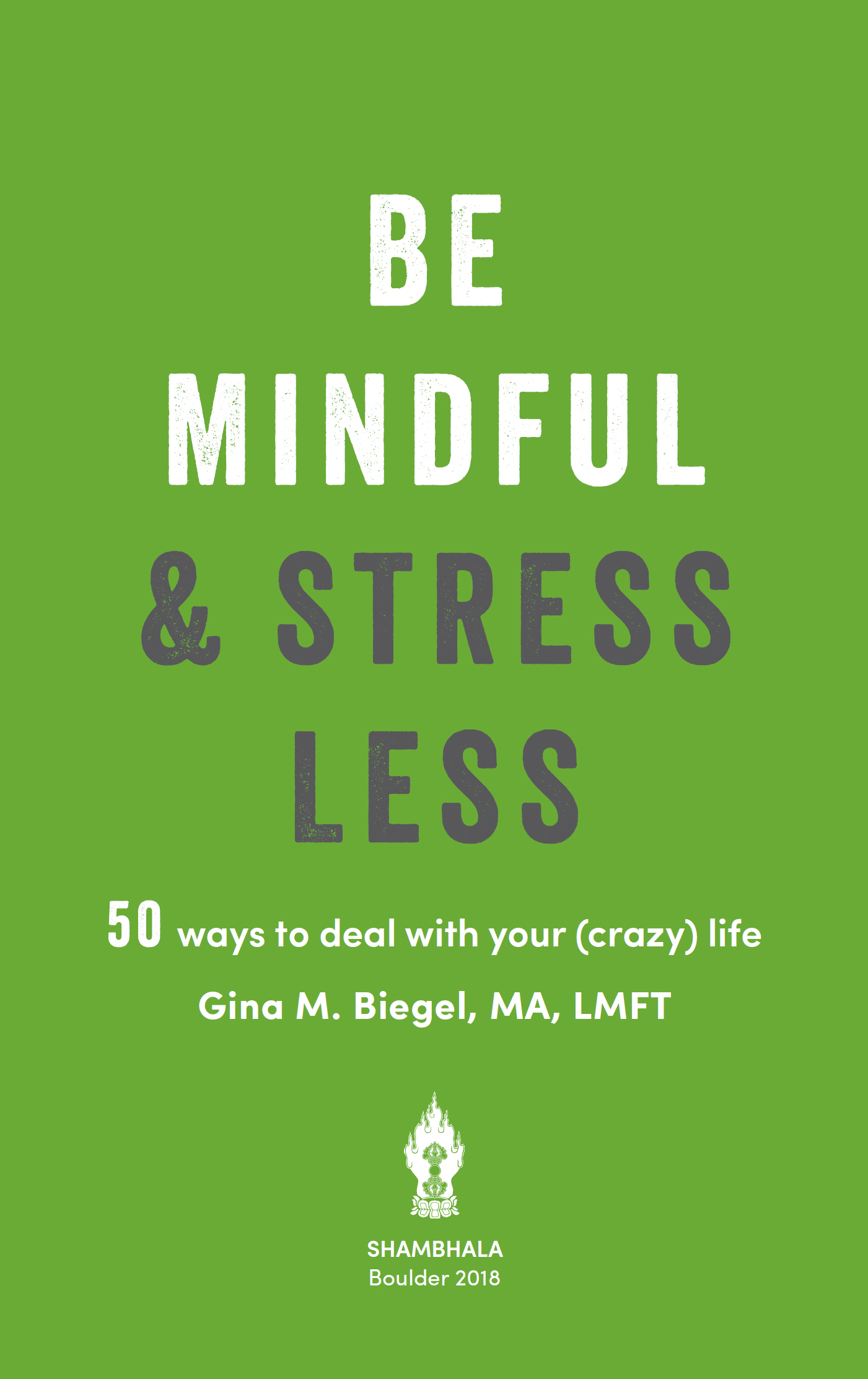
 TAKEAWAY
TAKEAWAY